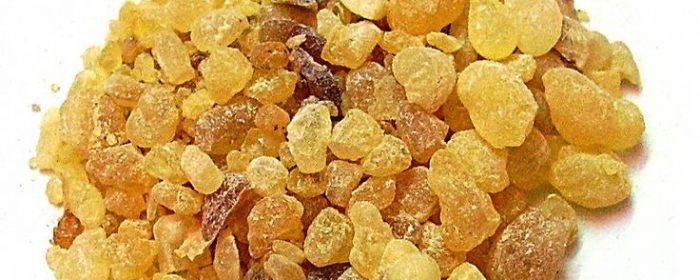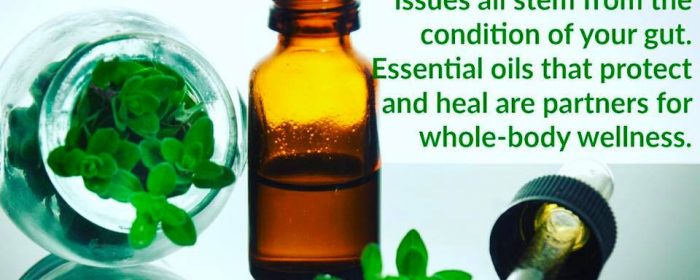Tea Tree Oil

The process of producing essential oils is a very delicate; it requires a lot of attention, a special technique and a lot of experience. Having the essential oil of an herb in a bottle is not that easy as it looks. Many hours, patience and perfection are invested in producing each essential oil. We are in this business of producing and selling E.O. for more than 25 years offering our clients the best quality they deserve, by offering products that represent our brand in the best way possible.
Read More
Salvia officinalis (sage, also called garden sage, or common sage) is a perennial, evergreen subshrub, with woody stems, grayish leaves, and blue to purplish flowers. It is a member of the family Lamiaceae and is native to the Mediterranean region, though it has naturalized in many places throughout the world. It has a long history of medicinal and culinary use, and in modern times as an ornamental garden plant. The common name “sage” is also used for a number of related and unrelated species.

6 Reasons to use sage oil
One thing is for certain, sage oil health benefits are vast. From skincare to respiratory illnesses, sage oil offers a range of health-promoting properties that will not result in a long list of adverse effects. Although you can most certainly source quality sage essential oil, you can also make your own recipe — with sage leaves straight from your garden.
Read More

Frankincense Oil
We are proud to expand our product line with an essential oil like Frankincense!
Boswellia carterii, this specie usually called “frankincense oil“, is considered as beneficial aromatically for perfuming with its gorgeously deep and resinous notes, as it is for its numerous aromatherapeutic properties. The resin of Boswellia carterii, along with its relative Boswellia serrata, contains high levels of soothing compounds. These compounds have been found to enhance overall comfort and ease in our bodies and joints.
The essential oil of Boswellia carterii contains more than two hundred molecular compounds. This give it a very complex bouquet and endow it with a rainbow of aromatherapeutic applications. It is derived from oleo gum resins which function as the protective and defensive support for the tree, and in its essential oil form, passes onto us these same precious properties.
Read More

Benefits:
- Treating foot or nail fungus. Put a few teaspoons of oregano oil in a basin of water and soak your feet in it. You can also dilute the oil (mix a drop with a teaspoon of olive or coconut oil), and then apply it on your nails or skin.
- Killing parasites and infections. Dilute the oil (mix a drop with a drop of a carrier oil such as coconut oil), and place it under your tongue. Hold it there for a few minutes, and then rinse it out. Repeat this at least four times a day.
- Alleviating sinus infections and colds. Put a few drops of oregano oil in a pot of steaming water, and then inhale the steam.
- Urinary tract infections (UTIs) caused by bacteria like E. coli, Proteus,and Pseudomonas aeruginosa.
- Respiratory infections brought on by Klebsiella pneumoniae and Staphylococcus aureus bacteria strains.
- Yeast infections, even those that are resistant to the commonly used antifungal drug Diflucan.
- Parasitic infections caused by the amoeba giardia – it was even found to be more effective than antibiotics.
- Used as a cleansing and purifying agent
Extraction Method: Steam Distillation
Plant Part: Leaves
Origin: Balkan
Read More





